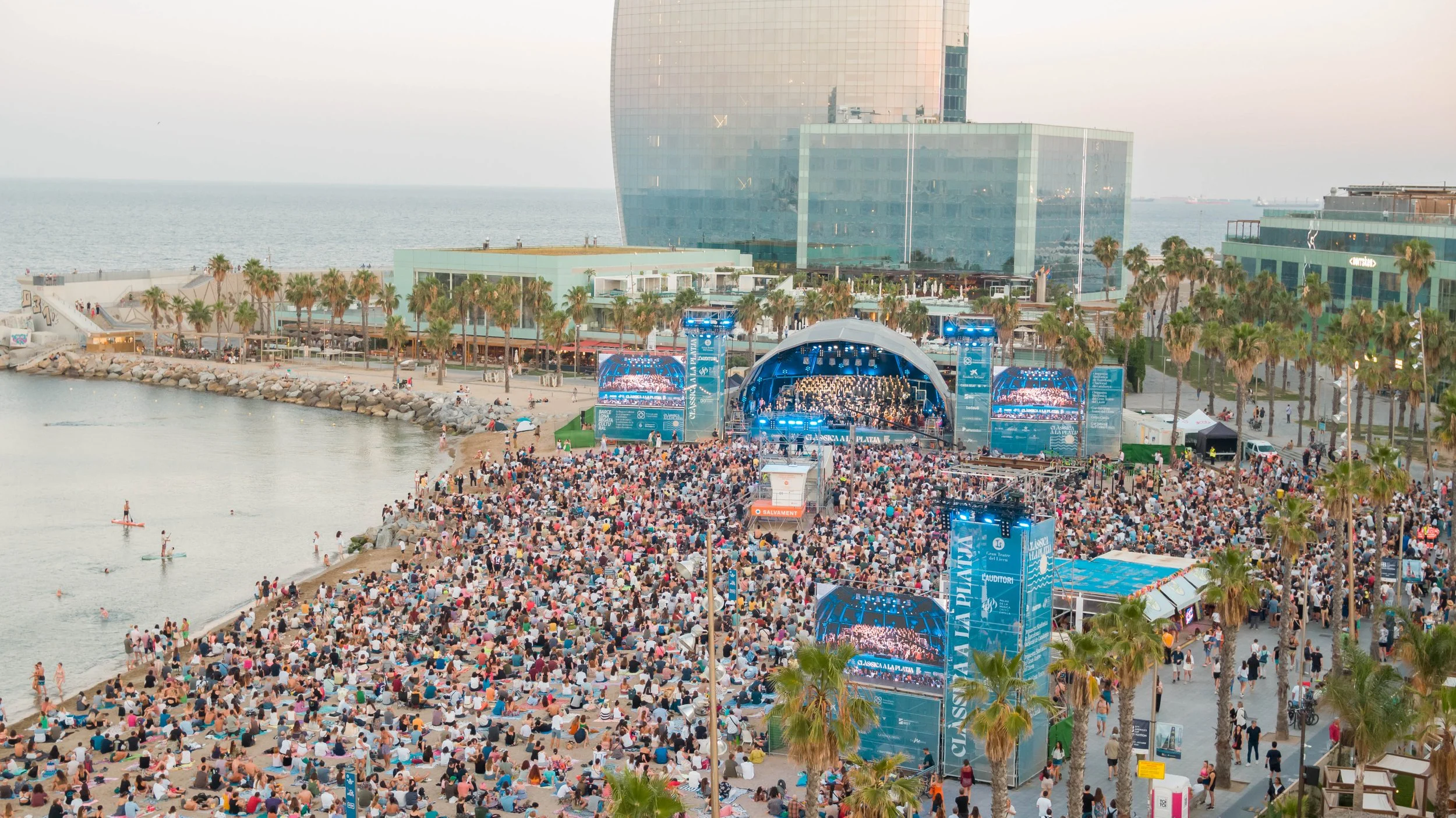Richard II, Bridge Theatre Review
Jonathan Bailey as Richard II. Photograph: Manuel Harlan
Written by Annie for Theatre and Tonic
Disclaimer: Gifted tickets in exchange for an honest review
Last night saw the opening of perhaps one of the most anticipated plays of the year. Not just to see what Nicholas Hynter next has in store for the ever glowing Bridge Theatre, but also to see the return of Jonathan Bailey to the West End.
A new production of Shakespeare’s first History Richard II is officially open at the Bridge Theatre, following in the footsteps of previous hugely successful adaptations involving David Tennant, Eddie Redmayne and Ben Whishaw. Hynter, who has reimagined the play for the space, has taken the play into a whole new realm.
Arguably one of the lesser favoured plays of Shakespeare, the beauty within this play is not the height of its tragedy, but the intricacies of the dialogue, and its watchful eye on the erratic state of the titular character.
Bailey embodies the king with all the complexities you’d expect from the role. Flitting from a composed leader to a wild party-boy - it is never certain what his next move might be. It brings real interest and stakes to the role, keeping the audience on the edge of their seats throughout. Bailey’s natural stage presence makes him mesmerising to watch, and his erratic, and rather brilliantly camp take on the role plays the king as a caricature of himself.
Appearing on the balcony in Act 2, Bailey’s king is dressed in biblical white, suspending him above the noblemen in both physicality and honour. His is juxtaposed in his angelic whites by a brutish rocket launcher on stage, adding further interest and impressiveness to his composure. His calm address quickly transcends into dramatic tears, however, which leads ultimately to his eventual downfall.
Bob Crowley’s set design cleverly makes use of the space, taking advantage of the moving stage to raise and lower scenery, it adds a lovely flow to the space. Remaining quite stripped back and brutish in places, it adds little comfort to the play which enables the audience to remain invested throughout. As the Bridge Theatre is a space in the round, Crowley’s design works with James Cousin’s movement direction to create interest and pace throughout. There is a lovely recurring idea of recurring movement and themes, and it is played out very well physically.
The current costuming updates the play for a modern audience, and reimagines the show almost into a performance akin to a TV drama (particularly from the feel of the score accompanying the show by Grant Olding). It’s an interesting take which breathes new life into the rigidness of the play.
The symbolism of playing with the crown brings a focus to the power dynamics, adds tension and heightens the importance of authority to Richard. This is carried out beautifully between Bailey and Royce Pierreson as Bullingbrook, who circle the stage, both clutching to the golden crown - as Richard contemplates abdicating. It’s a powerful closure to the king’s rule and opens the stage to the downfall of his character.
Pierreson’s Bullingbrook is the perfectly calm balance to Bailey’s theatrical Richard. He’s ever present but adds eerie calmness to the play, which makes it even more unnerving. He eventually takes the same seat Richard once sat at his desk - again playing into this cyclical theme.
John of Gaunt’s “This England” speech was excellently delivered by Martin Carroll (understudy due to the indisposition of Clive Wood) and beautifully demonstrates the genius of Shakespeare’s prose, yet for me doesn’t deliver in quite the same way as some of his other works.
The script is a little confusing and at times the storyline is tricky to follow, but overall the production is a tremendous accomplishment for Hynter and the Bridge Theatre, and is as powerful as I hoped it to be.
At Bridge Theatre until 10 May 2025
★ ★ ★ ★













